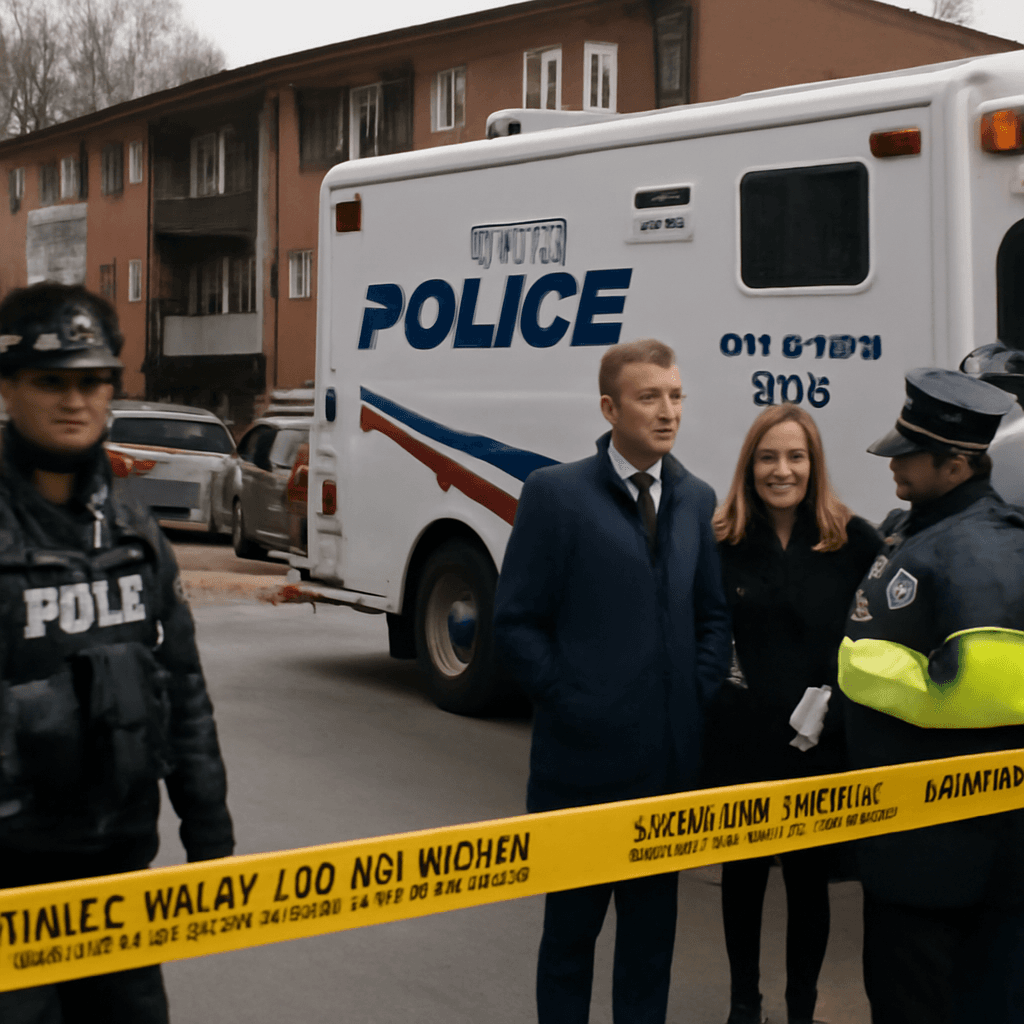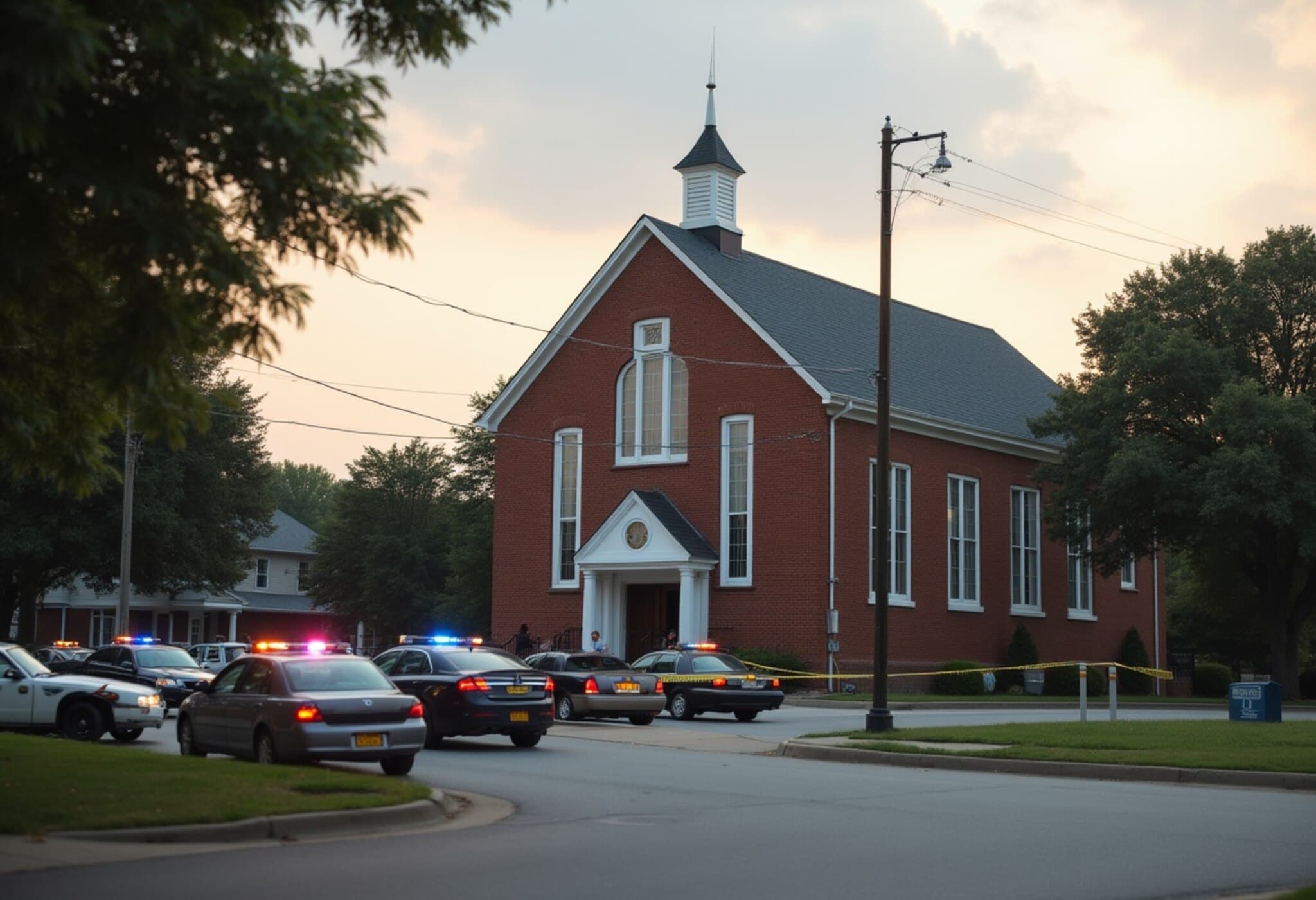Tragic Shooting at Austin Target Ends with Three Fatalities
In a harrowing incident that rattled Austin, Texas, at least three individuals lost their lives in a shooting at a Target store parking lot on Monday afternoon. Local authorities have taken a man in his 30s into custody, describing him as having a prior history of mental health issues, raising critical conversations about mental health and public safety in America.
Incident Timeline and Police Response
Austin Police Chief Lisa Davis reported that emergency services were alerted around 2:15 p.m. local time following reports of gunfire in the Research Boulevard parking lot. Officers swiftly arrived within five minutes, uncovering the grim scene of three gunshot victims. Two people were declared dead at the scene, while the third succumbed to injuries after being rushed to a hospital. Additionally, a fourth person suffered injuries unrelated to gunfire.
Chief Davis revealed that after the initial shooting, the suspect fled by stealing a vehicle. The chase spanned multiple locations in Austin, during which he wrecked the first stolen car and then commandeered a second from a dealership. His escape attempt ended in south Austin, where law enforcement officers subdued him with a Taser and took him into custody.
Community and Official Reactions
Austin Mayor Kirk Watson expressed profound sorrow and condemnation, highlighting the event as “a sickening, cowardly act of gun violence.” In a statement on social media, Watson extended his heartfelt condolences to the victims’ families and underscored the ongoing nature of the investigation.
"This is a devastating situation, and my heart is with the victims and their families. This was a sickening, cowardly act of gun violence." — Mayor Kirk Watson
The Austin community is urged to remain vigilant and support public safety efforts as authorities continue to investigate the motives and circumstances surrounding the shooting.
Contextualizing the Incident: Mental Health and Gun Violence
The suspect’s mental health history bring to light ongoing challenges in the U.S. regarding access to mental health care, gun ownership, and preventive interventions. Experts have long warned about gaps in mental health services and the potential risks when individuals with untreated or poorly managed conditions obtain firearms.
- Gun violence remains a persistent issue in American society, with shootings increasingly occurring in public commercial spaces.
- Legal and policy debates focus on balancing rights with the imperative of public safety, particularly concerning background checks and mental health screenings.
- Police response strategies now routinely incorporate de-escalation and crisis intervention training.
This shooting incident amplifies calls for holistic approaches — combining mental health support, gun regulation reforms, and community-based violence prevention programs.
Broader Implications and Regional Relevance
The Austin shooting follows a recent wave of violent attacks at retail stores nationwide, including a stabbing spree in Traverse City, Michigan. These events stress vulnerabilities in routine environments that are often perceived as safe by the public.
From an American legal perspective, the incident raises urgent questions about the efficacy of background checks, especially in assessing mental health. Economically, repeated violence impacts local businesses and community confidence, while Parliament and policymakers face mounting pressure to enact reforms that could prevent future tragedies.
Current Status and Public Safety Advisory
The Target store and its parking lot remained closed during the initial post-incident investigation. The Austin Police Department advised the public to seek alternative transportation and expect updates once the scene is cleared.
Authorities continue to urge anyone with additional information about the suspect or the incident to come forward as the investigation proceeds.
Editor's Note
This tragic event in Austin underscores the complex intersection of gun violence, mental health, and public safety — issues that remain at the forefront of national discourse. As communities mourn, the broader debate intensifies on how best to prevent such senseless loss of life. Stakeholders ranging from policymakers to mental health professionals and law enforcement must collaborate to forge effective, compassionate solutions. Readers should reflect on how these challenges resonate locally and nationally, and consider what role each of us plays in fostering safer environments.

















